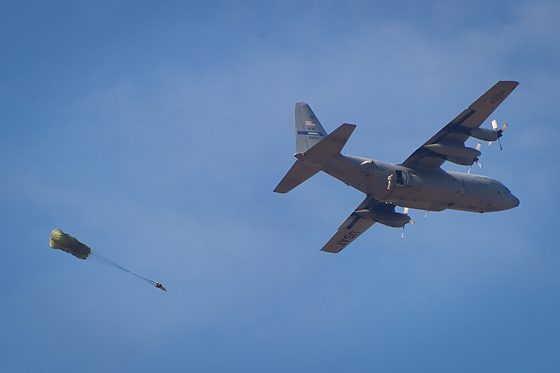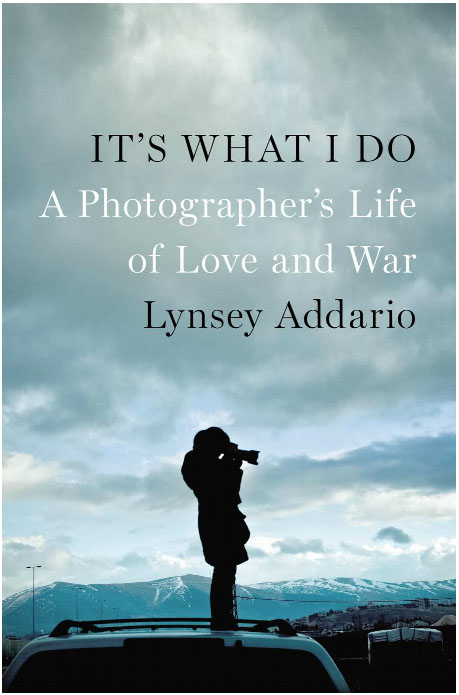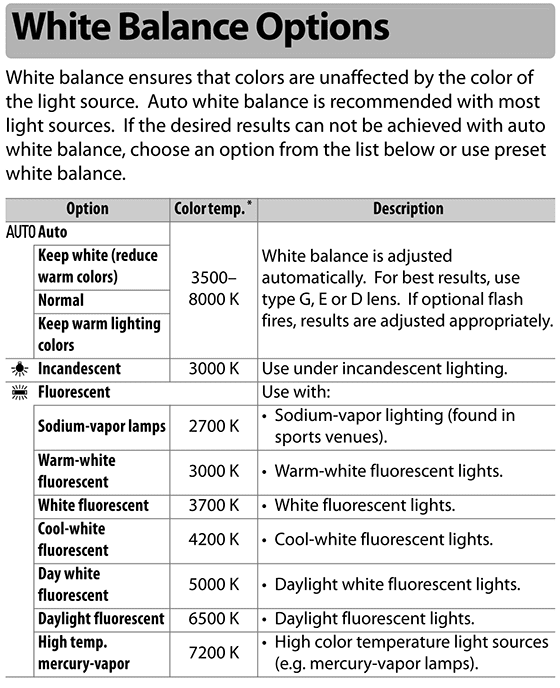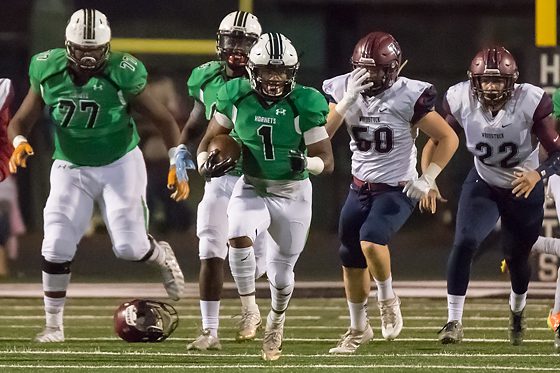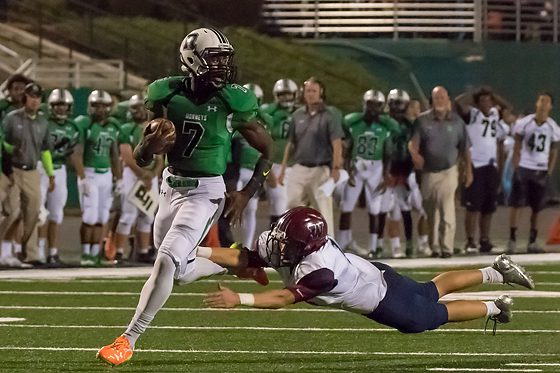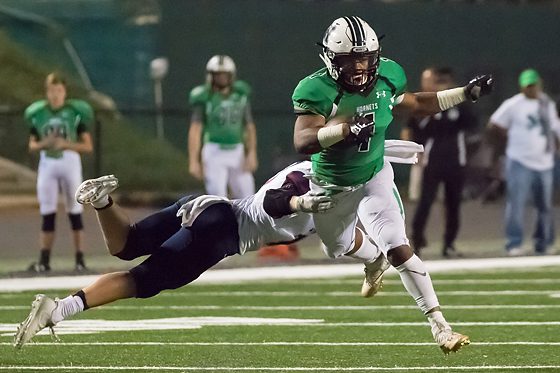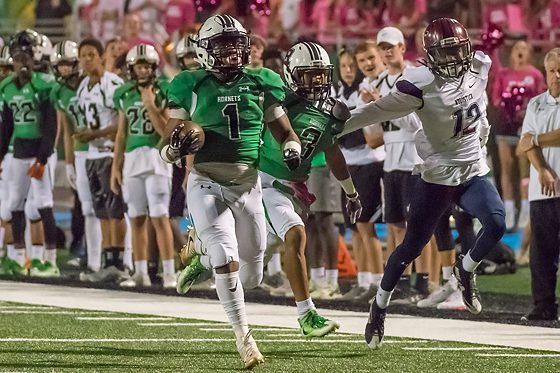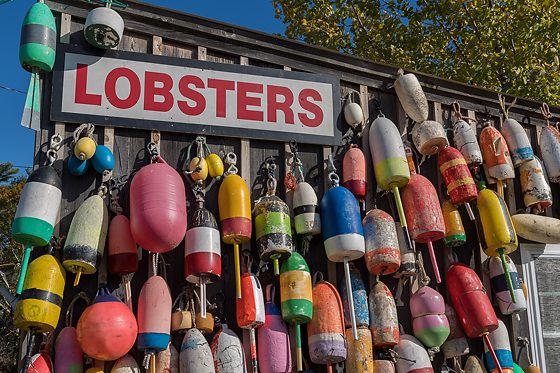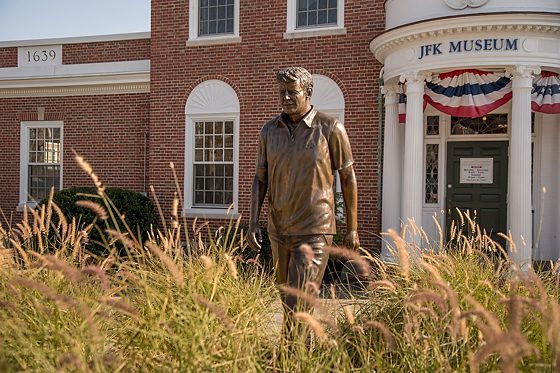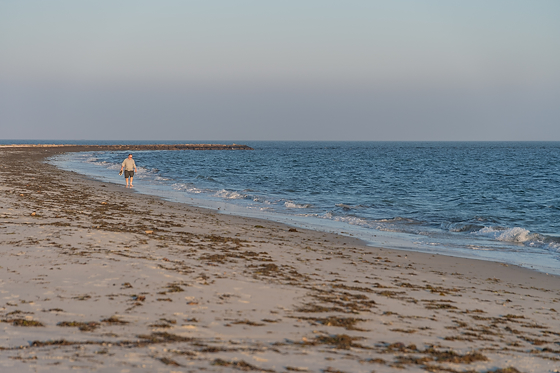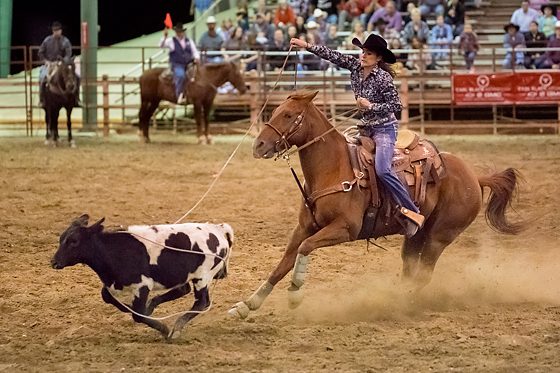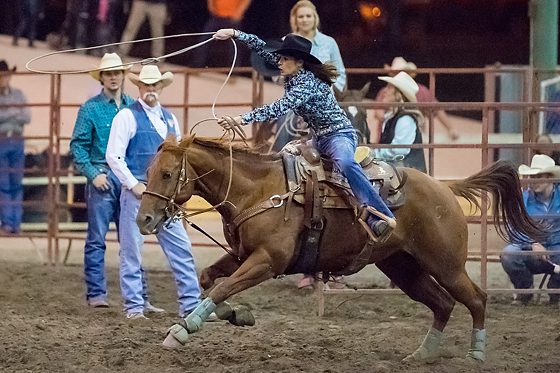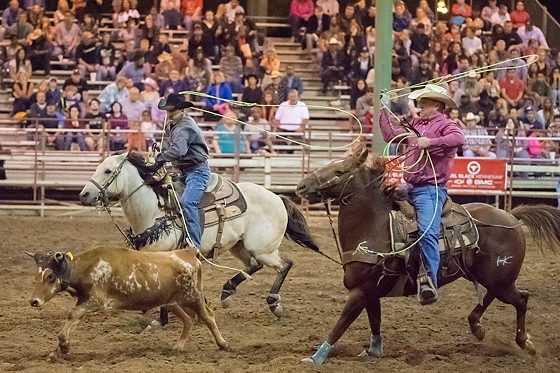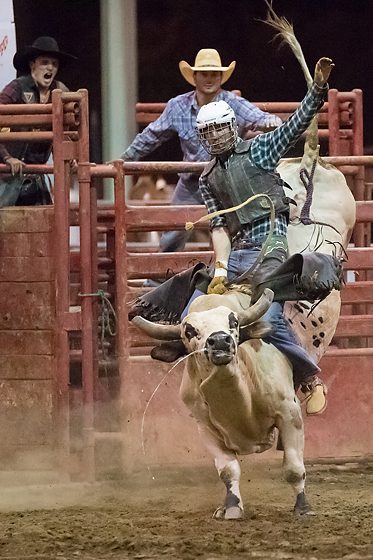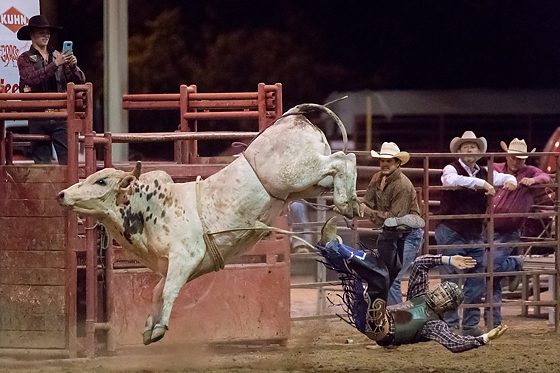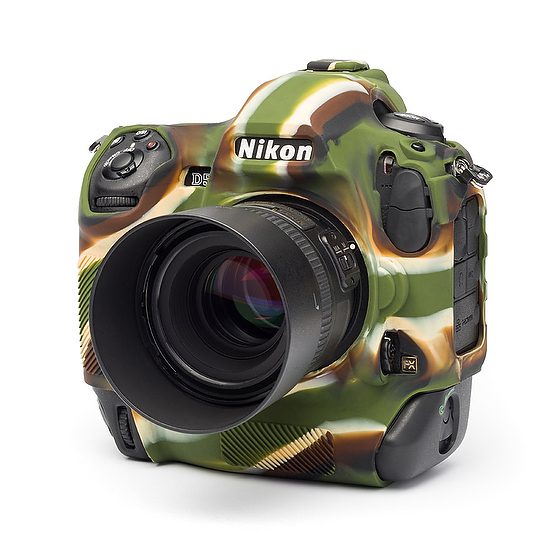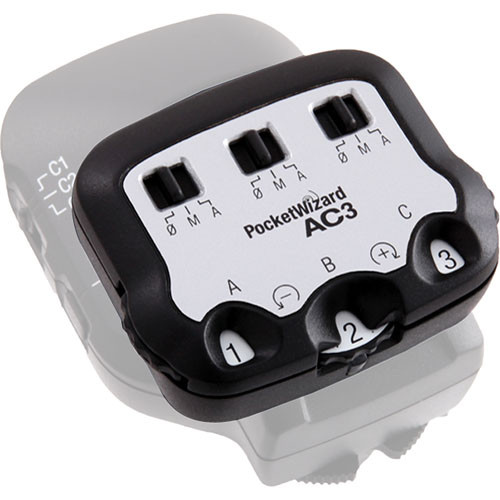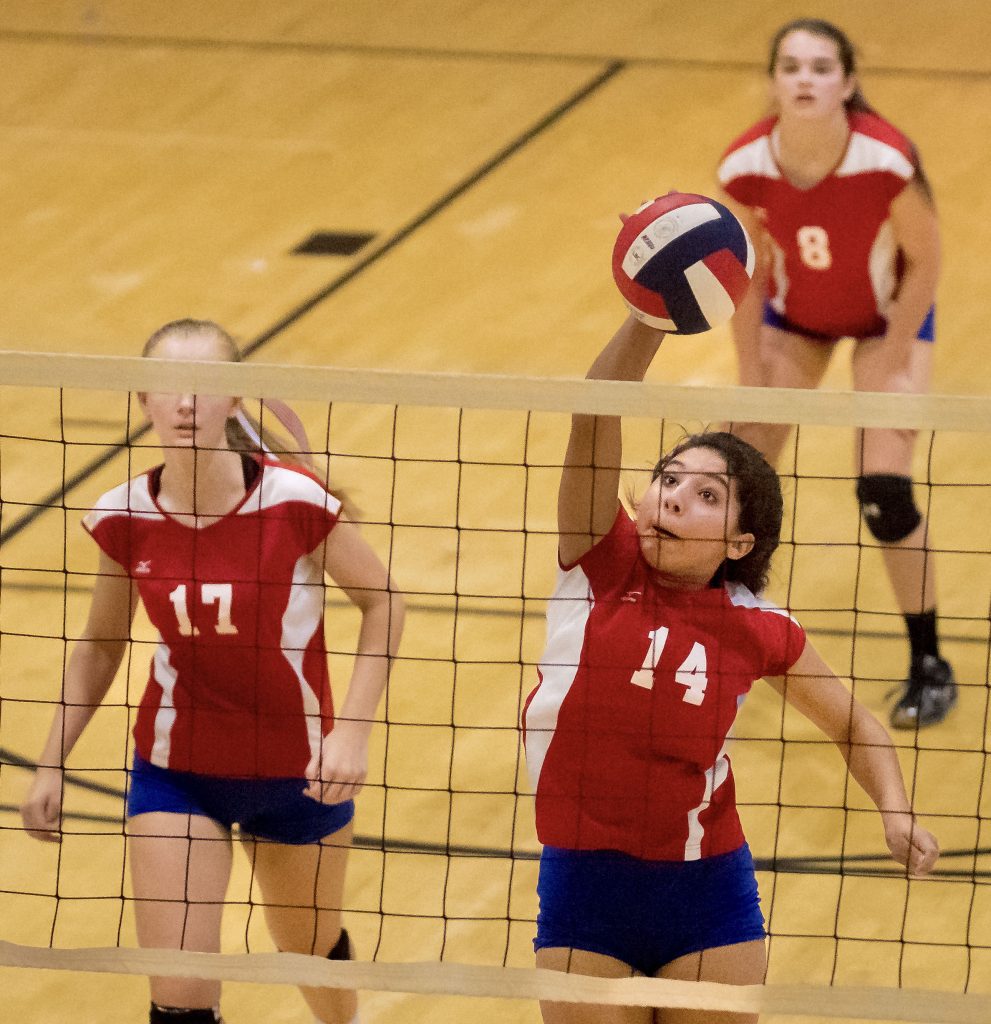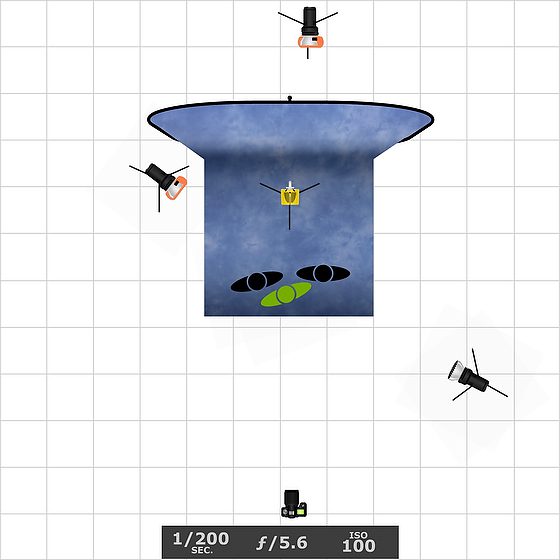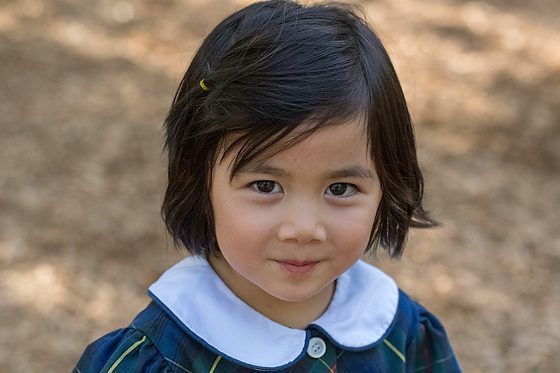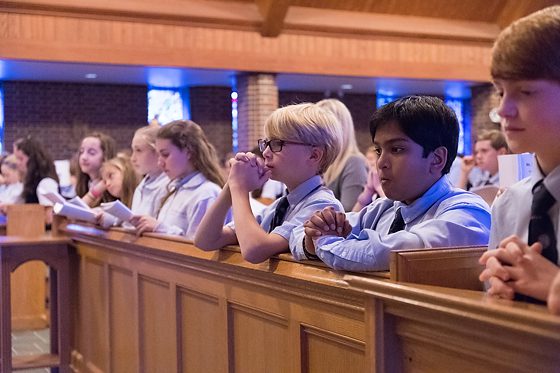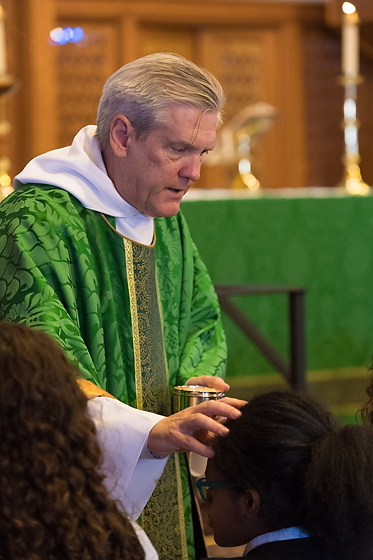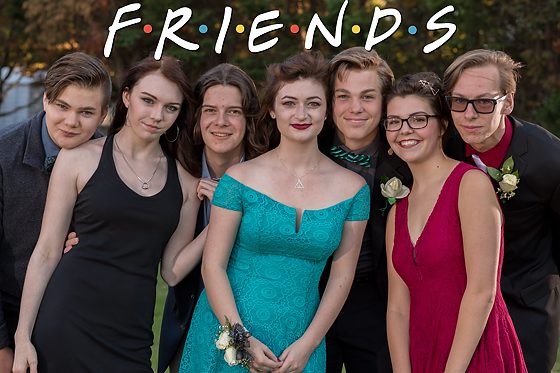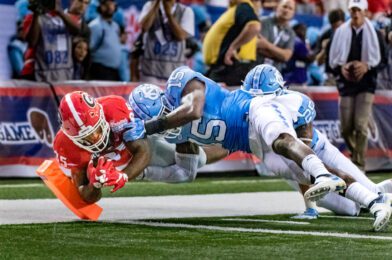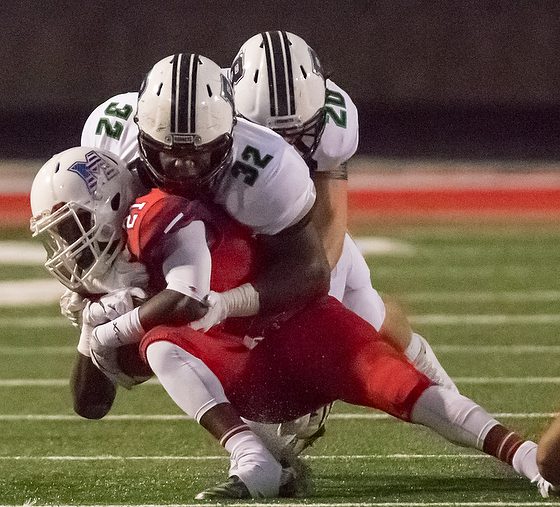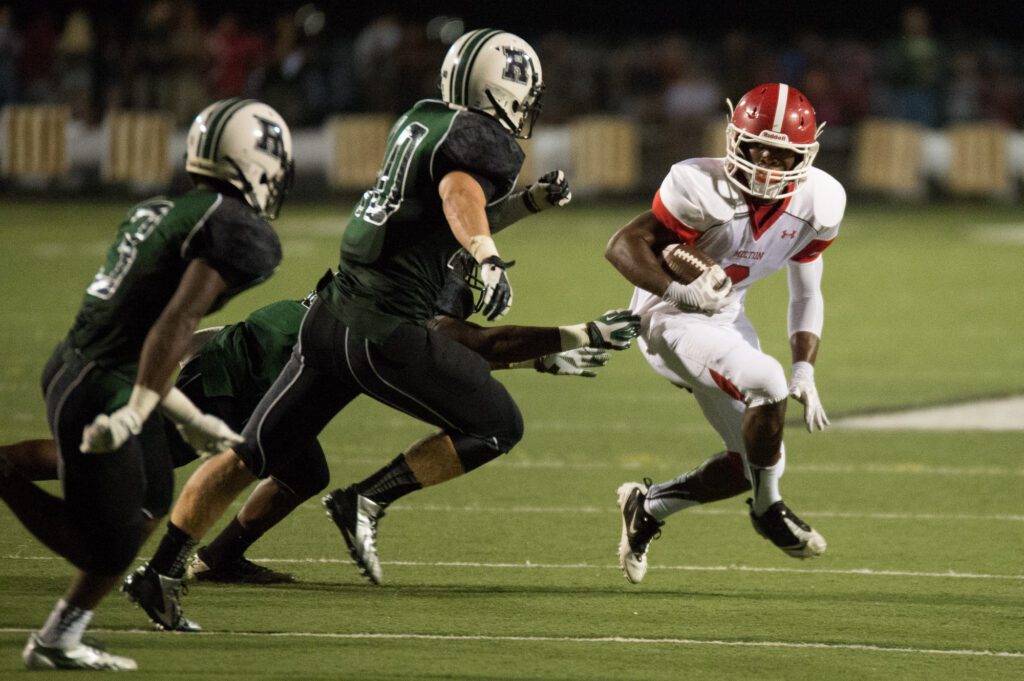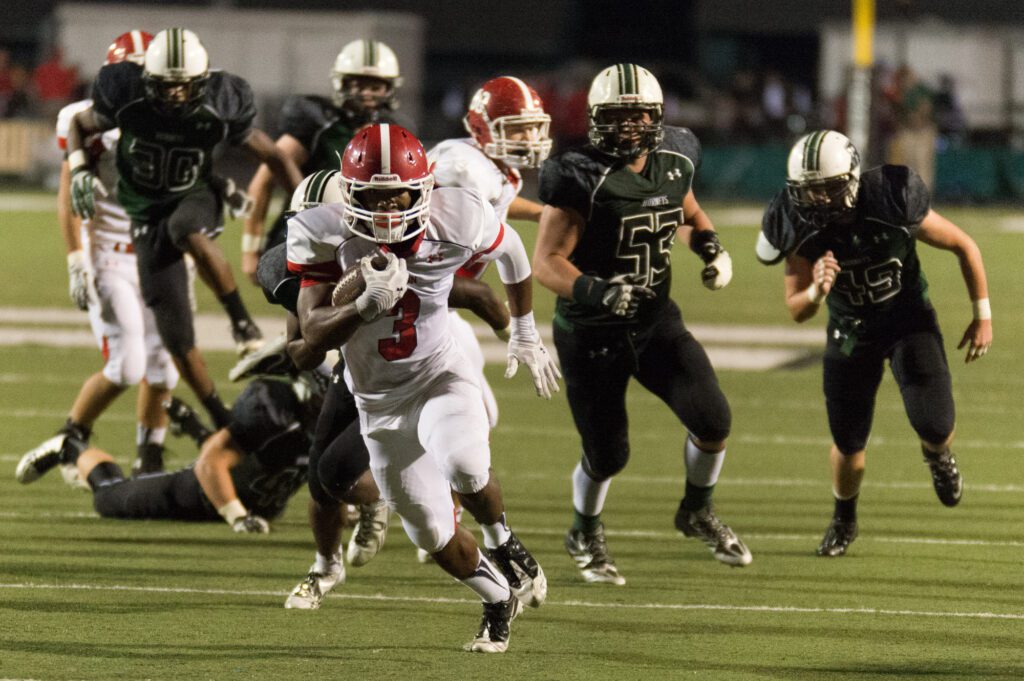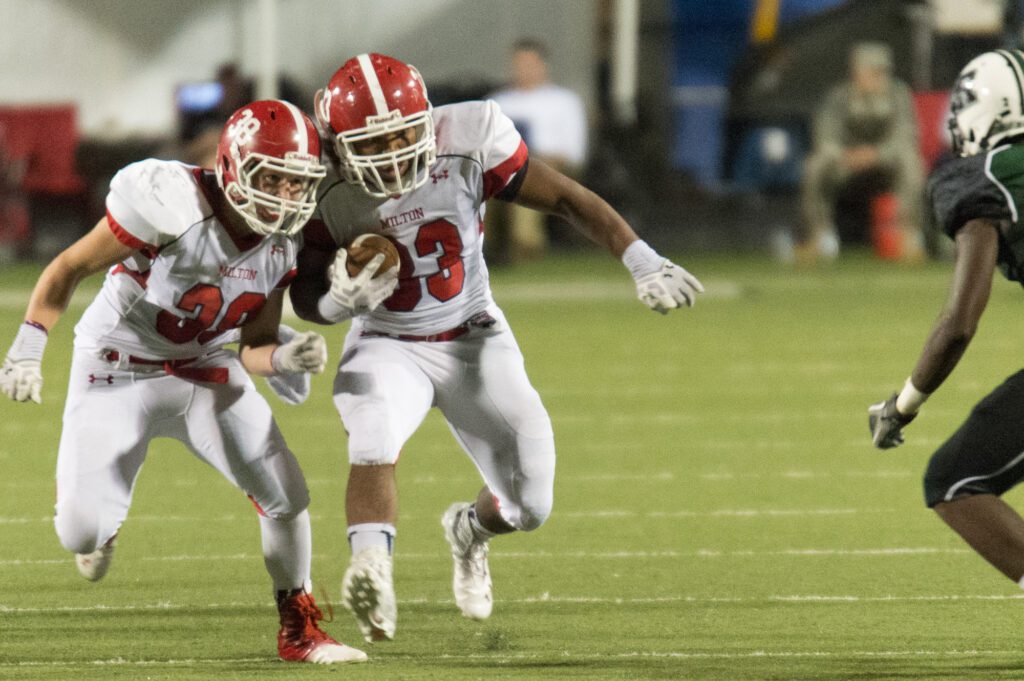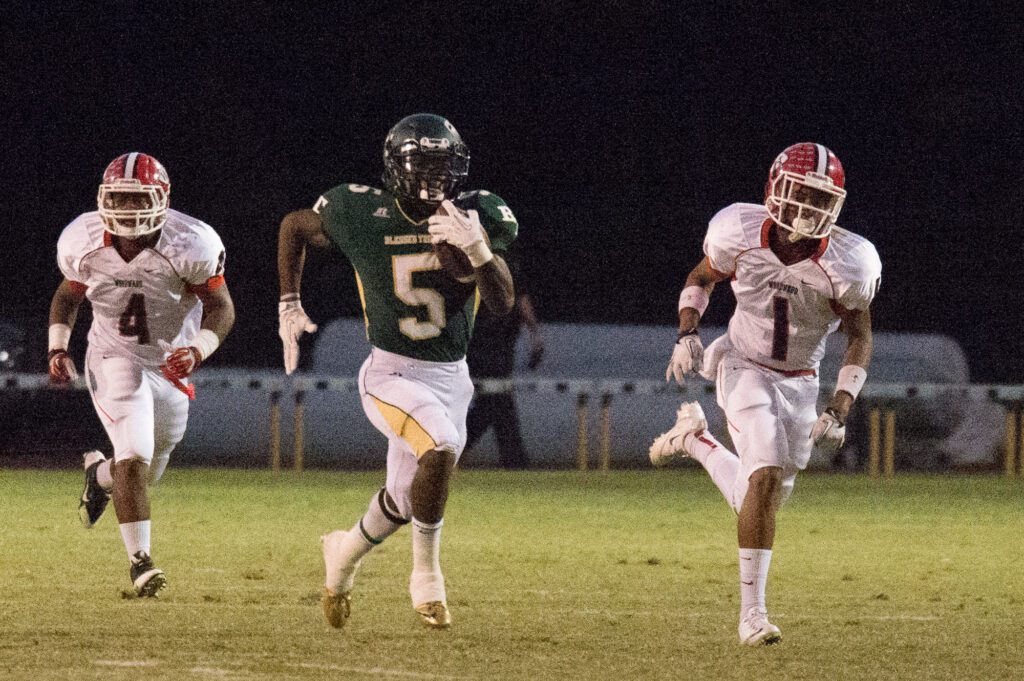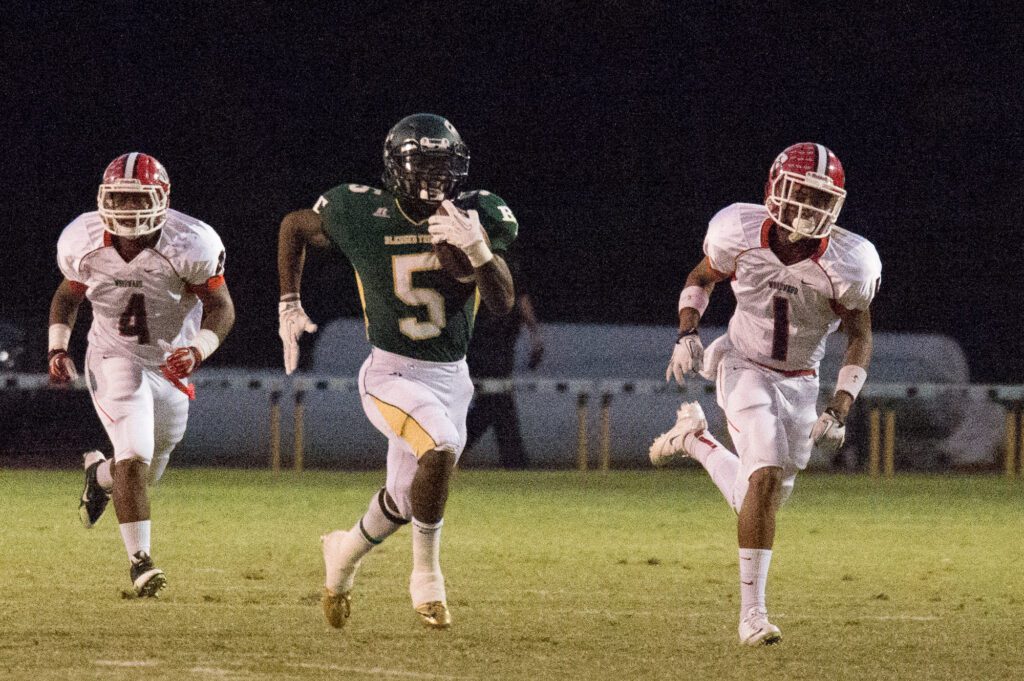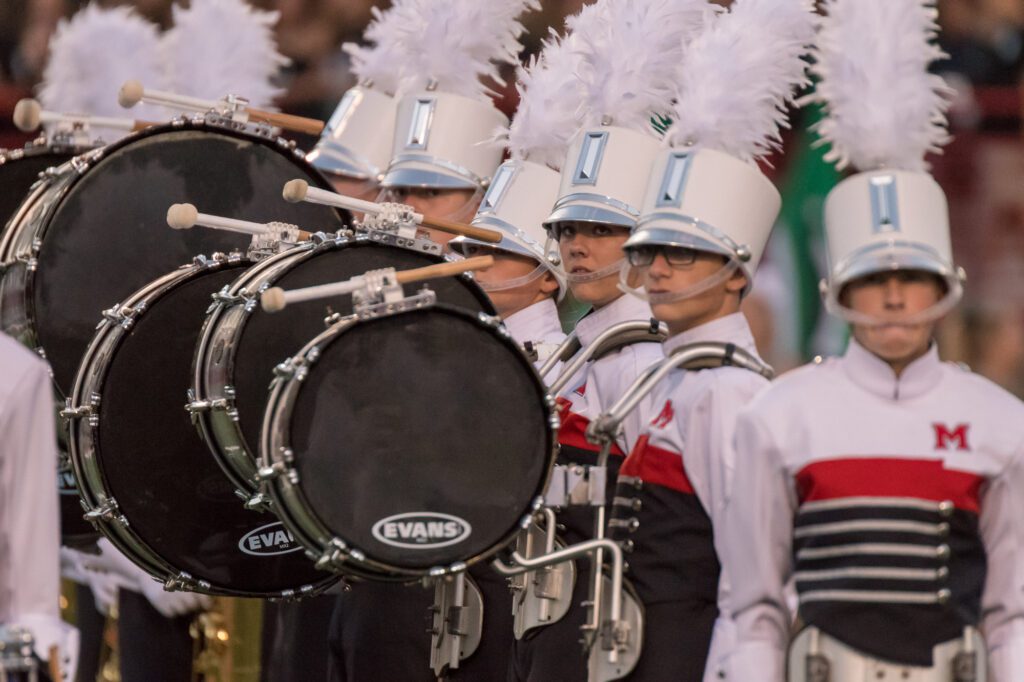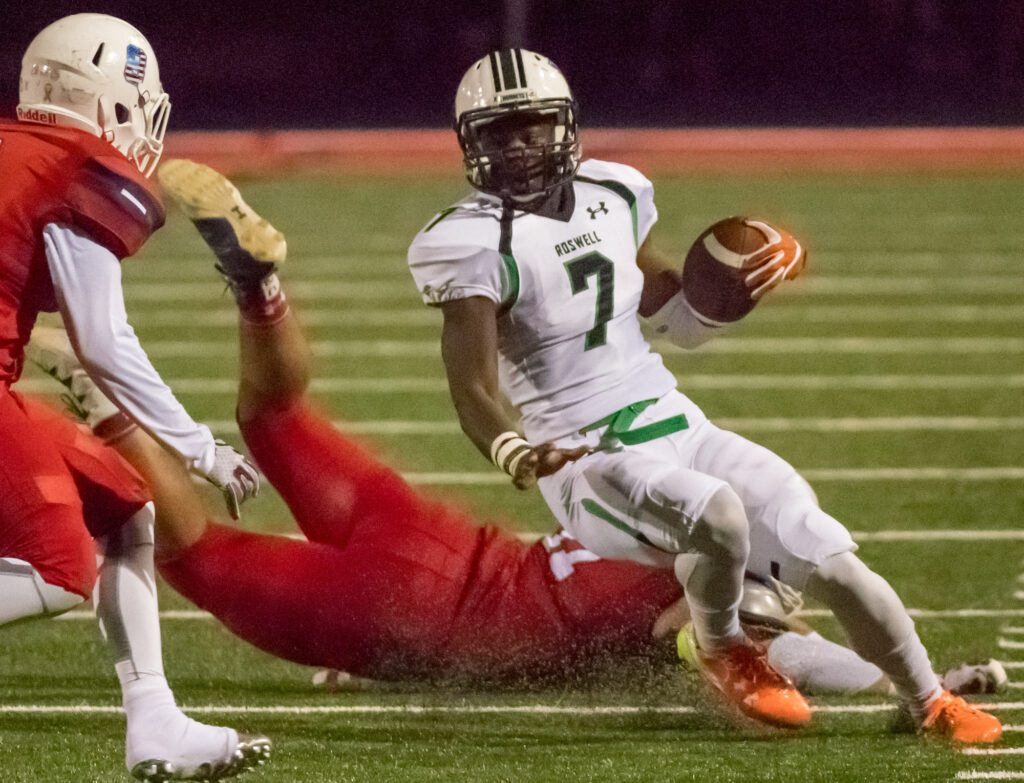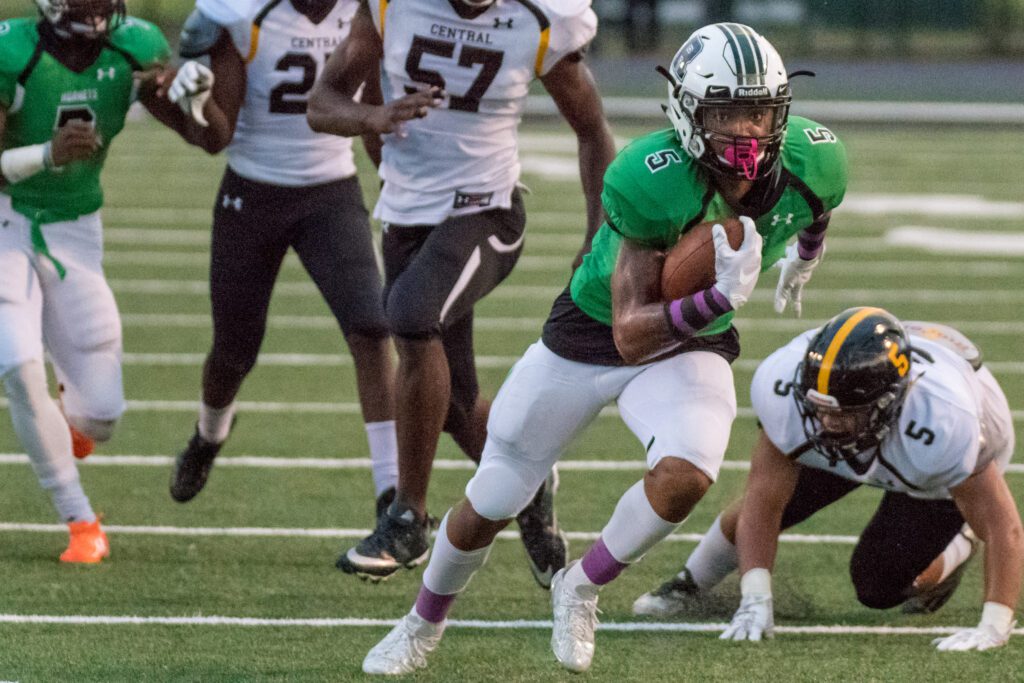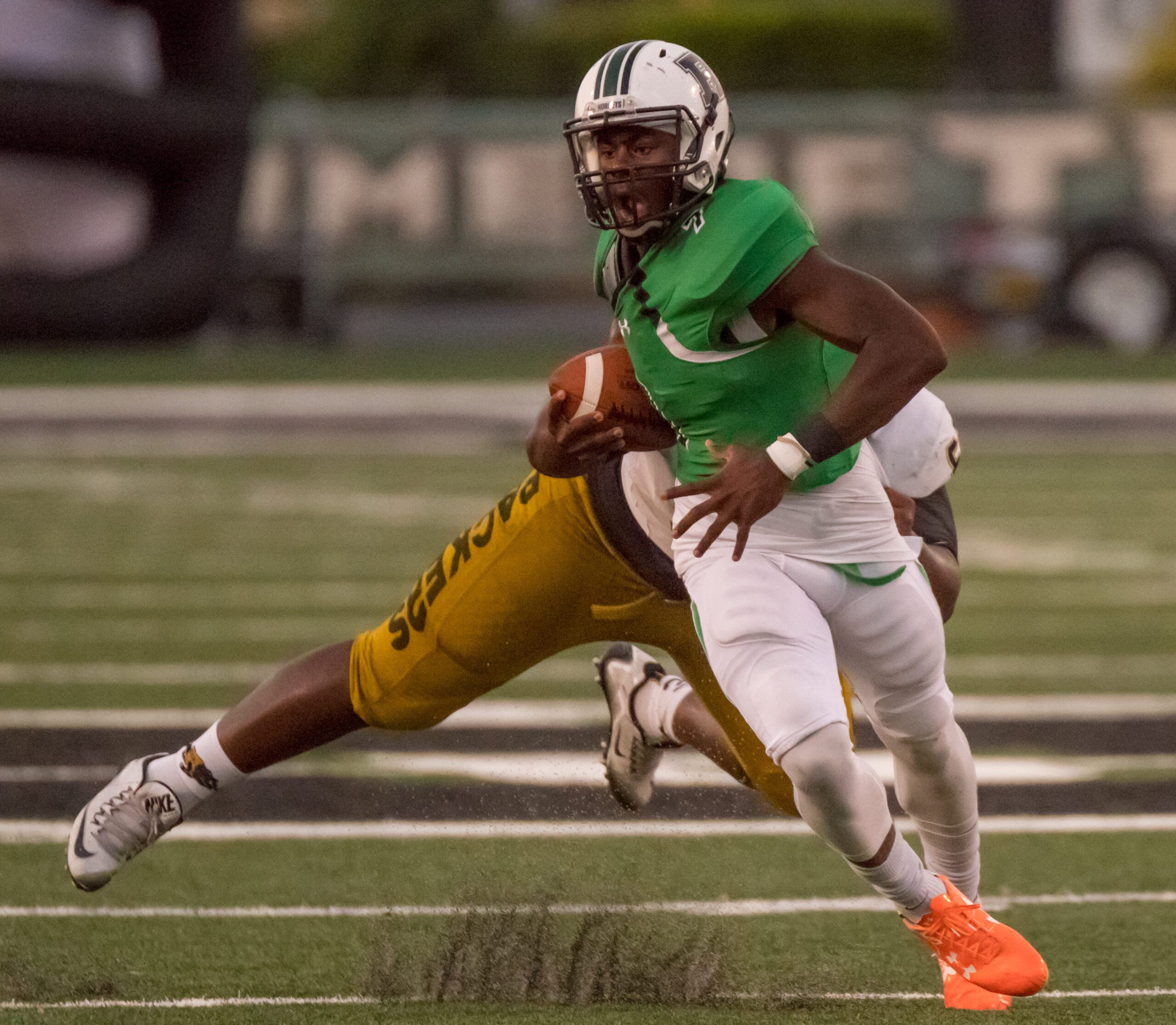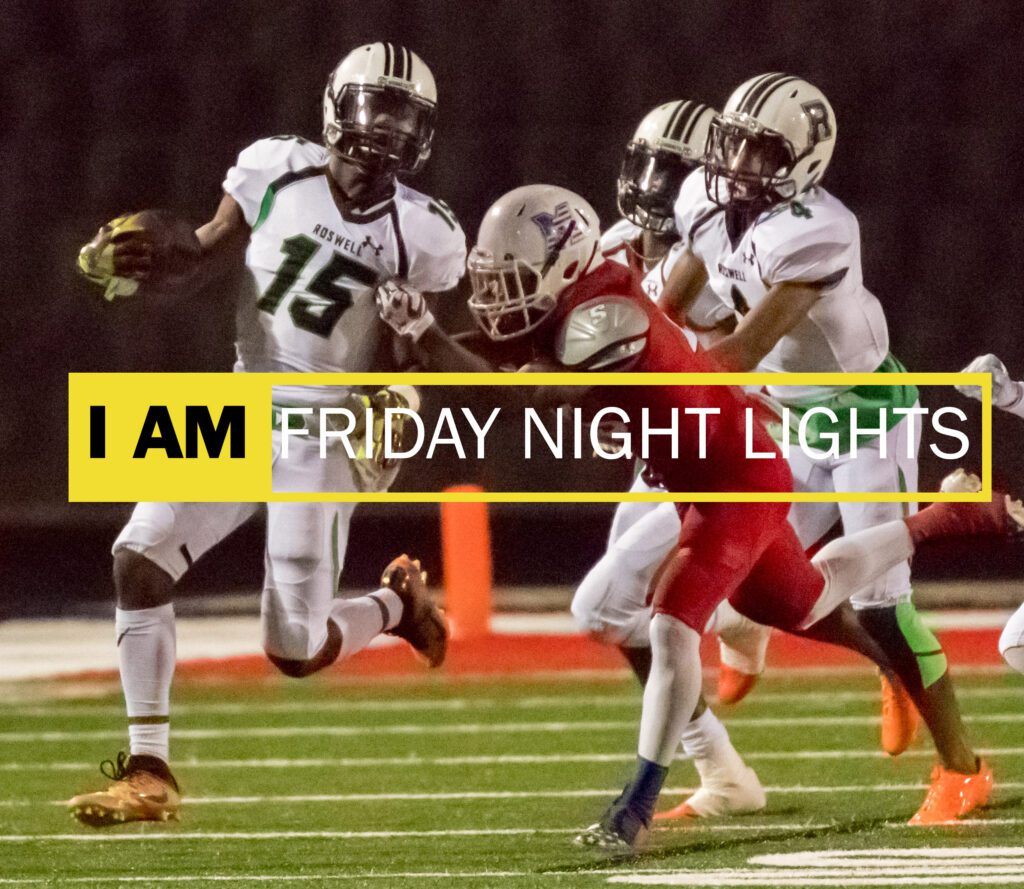| Nikon D3s, AF-S NIKKOR 28-300mm f/3.5-5.6G ED VR, ISO 500, ƒ/5.6, 1/2000 |
Before you take a career jump to become a Conflict Correspondent let me give you some insights that come from many years of studying this for myself. First, I have never covered war.
I have many friends who have covered war and conflicts around the globe. I have sat in many presentations by them where they have shared some gruesome to insightful comments on these situations.
http://www.stanleylearystoryteller.com/WarBooks/index.html
These are some of the books that I have in my personal library on covering conflict. I have read all of them and met many of the authors. I recommend all these books and you can still find them on Amazon or eBay.
This doesn’t make me an expert, but it does make me more educated about some of the issues of covering war.
This is the latest book I have read on the subject by Lynsey Addario. It is a honest and very transparent biography of a war photographer. Click on the picture for link to the book.
The possibility of being kidnapped and hurt are very real. Daniel Pearl was a journalist for the Wall Street Journal with American and Israeli citizenship. He was kidnapped by Pakistani terrorists and later murdered in Pakistan on February 1, 2002.
 |
| from Committee to Protect Journalists |
Every time I am teaching a new group of wannabe photographers I have someone wanting to pursue this path. If this is your calling then by all means pursue it, but don’t jump out of the plane without a parachute. That parachute should be some resources to help get you out in an emergency as well as people who are in touch with you regularly who can track you down if they lose communications with you. A contract with someone before you go is ideal.
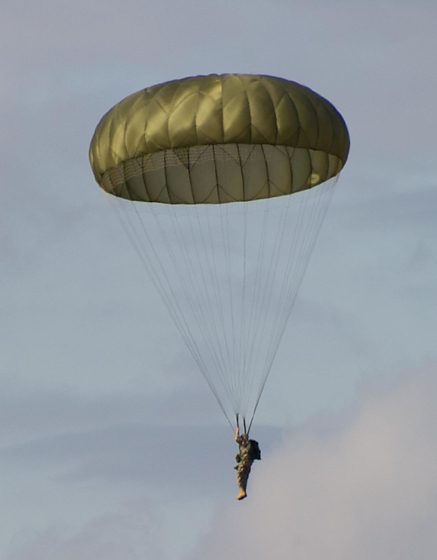 |
| Nikon D3s, AF-S NIKKOR 28-300mm f/3.5-5.6G ED VR, ISO 400, ƒ/5.6, 1/2000 |
Here are my comments from a recent post on a Facebook group. The person had been in the military and was asking how to do work in hostile environments as a photographer.
My first post was to search for the Committee to Protect Journalists and The Dart Center for Journalism.
There were a few posts in between. I could sense this guy was ready to go, so I chimed in again.
Before risking your life I would highly suggest having portfolio reviewed by photo editors that see this kind of work regularly. You need to know before you go if you have a chance of being published based on your ability to capture story. Also will help with finding someone who is willing to consider your work. You need someone interested in your work to send it to before you go.
I thought that if you didn’t know how to find that kind of material you most likely were not going to be good in war trying to find information, but I didn’t say that instead I wrote this in response to their question on asking me to tell them who that might be.
VII agency, Magnum, Newsweek, Time, … most importantly I would not go without being on some contract. You also need a lot of street smarts and kinda know how to research who even uses war photography. Pretty simple. Pick up magazine/newspaper. In masthead are your contacts.
They thought they would just contact those sources and they would just use them right away on the field. I had to chime in again and say:
Most War Correspondents start at a paper. Often just a small paper.
Still not understanding I continued:
You start at a paper covering local not going straight to overseas. If you can’t tell stories locally you are not going to do so overseas. That is how you build a brand.
The military didn’t send you to battle without extensive training so why do you think you are just as prepared with camera? If your goal is conflict coverage then show you can win the war and not the battle. Take the steps to prove you have the visual storytelling skills. It is similar to showing you passed all the basic training skills necessary to be a soldier. Skipping this step, as all your posts appear to insinuate further demonstrates to me that you are not ready.
Patience with storytelling is very important. It appears you are in love with the experience and not why journalists cover conflict.
Storytellers/Journalists want to inform people with truth. They realize how extremely difficult this is. Not just a photo of what is in front of the camera but rather interpretation of the events so as to help inform accurately. You need to be a writer as well. You need to write informative and journalistic captions if not stories to accompany your photos.
James Nachtwey’s heart is so engaged and his head is using every skill it can to provide understanding.
My last comment that is the most important point I can make.
What can you provide that isn’t already being done? Unless you can truly talk about stories not being told I don’t think you have proven to any editor why they need to see your story.
Publications/Media Outlets have limited funds and need to support those who are already proving every day with their work. Its not fair to those who are producing right now and doing a great job for you to get any work, unless you have a portfolio of work that is superior.
 |
| Nikon D3s, AF-S NIKKOR 28-300mm f/3.5-5.6G ED VR, ISO 450, ƒ/5.6, 1/2000 |
By the way our oldest son served in the Army and just recently got out as a Captain. I can tell you if you go into conflict many of your family will not rest while you are in conflict. I knew many spouses who had to stop working while their spouses served. They were hyper-vigilant waiting for safe return and scared that someone would be knocking at their door with sad news of their loved one dying in service to country.
If you have plans to have a family then you really need to read these books and hear how most everyone had no family life or ended up in divorce.
War will take a toll on you emotionally. You may come home physically in one piece but mentally a wreck.
If you still think you are called then do everything you can to be prepared. Also, if no one will send you this is a good sign that you don’t have what it takes. You have to demonstrate you can be a storyteller outside of conflict before anyone will trust you.

